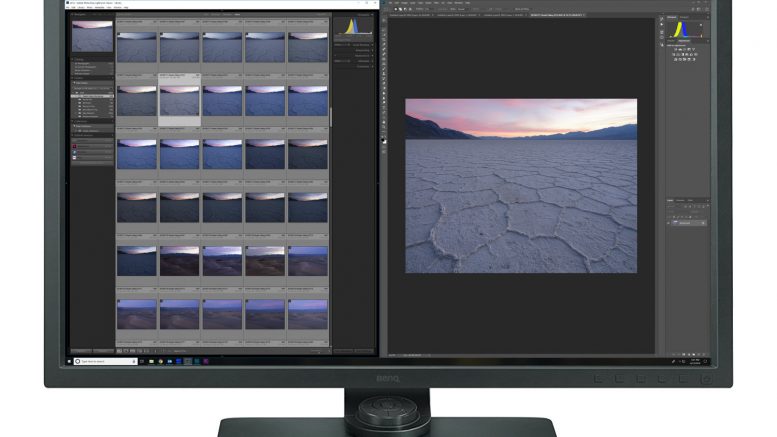What is IPS? Internet Protocol Security, or IPS, helps to ensure the security of your data and your system on the Internet. There are three main components to IPS that include intrusion prevention, threat protection, and behavior analysis. This blog will go into detail about each of these components and show you how they keep you safe while using the Internet.
IPS stands for In-Plane Switching
It’s an LCD technology with a twist. The In-Plane Switching name comes from LCDs that use what’s called a spiral structure to move liquid crystals around instead of relying on polarizers. Unlike other types of LCD, which require an external electric field for display, an In-Plane Switching LCD requires no such thing. Additionally, it can be operated at lower voltages. The result is crisper colors and faster response times compared to other types of screens.
What Is In-Plane Switching (IPS)?
In-Plane Switching (IPS) panels are gaining popularity in monitors, televisions, and other video devices. But what exactly does IPS mean for these devices? And what makes it different from other panel technologies like Twisted Nematic (TN), Vertical Alignment (VA), or Diamond Pixel Array (DPA)? In order to understand how In-Plane Switching panels operate and where they fall within today’s LCD technology ecosystem, let’s begin with a review of liquid crystal display technology.
The Advantages of an IPS Panel
What Is IPS? If you’re a gamer or are often browsing in low-light settings, an in-plane switching (IPS) panel can be incredibly beneficial. This type of screen offers wider viewing angles than traditional panels, allowing you to view content from almost any angle without compromising quality. It also has lower response times and higher refresh rates, meaning that even when you’re playing fast-paced games or watching movies, images will look crystal clear with minimal blur. Finally, unlike older LCDs, modern IPS screens have almost no ghosting at all. Ghosting refers to that faint image that sometimes appears as you scroll down a webpage; on an IPS display, only a faint shadow remains.
Things to Consider When Buying an IPS Monitor
There are quite a few things to consider when buying an IPS monitor. It’s important to understand how these monitors work so you can make an informed decision that best suits your needs. Use these tips to compare your options for making sure you buy an affordable, quality monitor. If you decide you’re ready to buy a new monitor or replace your old one, be sure to go through our checklist of questions when shopping so you know what questions to ask and which ones can be skipped over. Here are some things that need consideration: An IPS or In-Plane Switching Monitor: These types of monitors have become increasingly popular in recent years because they provide crystal clear viewing no matter where you look on screen.



Be the first to comment on "What is IPS and How Does it Help You?"